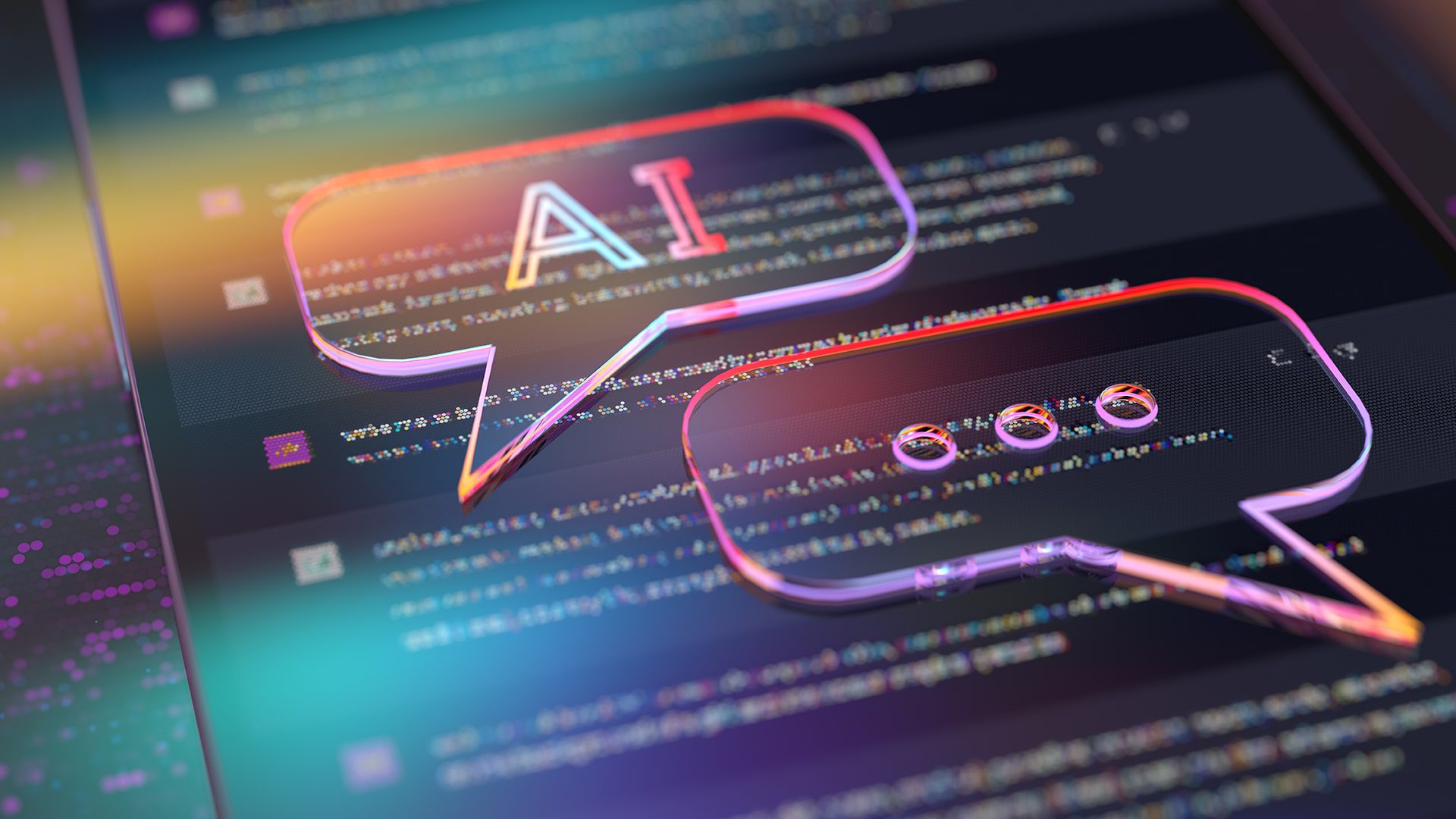With the gaming industry now global, developers increasingly need to enter the international market by localizing their products. This involves localizing game elements to fit the cultural, linguistic, and technical needs of different regions.
Game localization services enhance user experience and boost engagement so that games resonate with players worldwide. However, this process can be time-intensive and resource-heavy. Enter machine translation (MT), a tool transforming the localization landscape.
Raise the Game with Machine Translation
Machine translation, once limited to rudimentary word-for-word translations, has evolved significantly in recent years. Thanks to advances in neural networks and AI, MT systems now provide more context-aware, accurate, and nuanced translations. Their growing adoption across various industries, including gaming, proves their capabilities.
Using MT in game localization services can bring the following benefits:
- Speed: MT accelerates translation processes, making it invaluable for large-scale projects with tight deadlines.
- Consistency: MT ensures uniform terminology and style, particularly when engines are fine-tuned for specific projects.
- Scalability: MT can handle vast amounts of text across multiple languages, making it perfect for global releases.
- Cost-efficiency: By automating initial drafts, MT reduces the need for manual labor, lowering overall costs.
- Accessibility: By streamlining localization, MT connects developers with wider audiences.
Key Considerations for Localizing Game Elements with MT
Machine translation has numerous advantages, but its implementation must be strategic to ensure quality and effectiveness.
While MT can efficiently handle bulk translations, relying on it alone can lead to errors that worsen the player experience. Cultural nuances, humour, and emotional tone are areas where human translators excel, highlighting the need for a collaborative approach.
One of the primary trade-offs in using machine translation is balancing speed with quality. While MT can produce translations quickly, the quality may vary, especially for nuanced or culturally sensitive content. Combining machine translation with human oversight is crucial to maintaining high standards.
Additionally, gaming language often relies heavily on context. A single word or phrase can carry different meanings depending on the narrative or gameplay situation. Training of MT engines specifically for gaming terminology can mitigate this issue. However, MT may still struggle with complex or idiomatic expressions.
How Can MT Help Localizing Game Elements?
Machine translation can streamline various aspects of game localization, enhance efficiency, and generate revenue. Here are key areas where MT proves beneficial:
User Interface (UI) Elements
Menus, buttons, and settings are vital components of any game’s UI. These static elements require precise and consistent translations to ensure usability across languages. MT rapidly translates such content, provided the engines are trained with relevant terminology.
For example, in strategy games with multiple layers of commands and options in menus, MT can deliver consistent phrasing across different screens. This consistency is vital for creating a cohesive user experience.
In-Game Text and Dialogue
Translating dialogue and narrative text is crucial for player immersion. MT can quickly process large volumes of text so you can efficiently localize storylines and character interactions. For instance, games with branching narratives or open-world designs benefit greatly from MT’s scalability. However, translating cultural references or idiomatic expressions often requires machine translation post-editing (MTPE) for more accuracy and the natural flow of language.
An example is role-playing games (RPGs), where character dialogue often includes nuanced humour or idiomatic language. MT can handle the bulk translation, while human editors refine the final output to keep the intended tone and emotion.
Subtitles and Captions
Subtitles and captions enhance accessibility and improve the experience of players with hearing disabilities. MT can generate initial drafts of subtitles, which human translators can refine for clarity and coherence. This approach reduces turnaround times while maintaining quality.
For instance, in narrative-driven games with cinematic sequences, accurate subtitles are critical to conveying the story. MT’s ability to quickly handle subtitle drafts provides timely localization without compromising the storyline’s impact.
Marketing Materials
Marketing content plays a key role in game launches, from trailers to social media posts. Rapid localization of promotional materials with MT makes sure that campaigns match release dates across regions. While this is a time-saving measure, the emotional and persuasive nature of marketing content often needs human refinement.
For example, localizing game announcements on platforms like X or Instagram requires balancing speed and creativity. MT can assist in drafting these messages while human translators refine the tone and adapt it to the target audience’s preferences.
Community Engagement and User-Generated Content
Player communities are integral to a game’s longevity. MT can facilitate the translation of forums, reviews, and feedback, fostering better communication between developers and gamers. By bridging language barriers, MT helps developers engage with diverse audiences more effectively.
Best Practices for Using Machine Translation in Game Localization Services
MT presents a lot of potential to localize the previous elements. However, you must exercise caution when using MT or AI translation. To maximize the benefits of MT while mitigating its limitations, consider the following best practices:
- Combine MT with post-editing: Professional post-editing of machine translation leads to high-quality output. This approach combines MT’s speed with the expertise of human translators, addressing inaccuracies and enhancing contextual relevance.
- Leverage your resources: Maintain and make good use of your TMs to train engines and ensure consistency. Keep in mind copywriting and ethical issues when using translators’ work to train engines.
- Use MT strategically: Choose your battles well. MT works well for UI elements and static text, but human translation maintains emotional depth and cultural nuances in narrative-heavy sections.
In the dynamic world of game localization services, MT is a powerful ally. By accelerating processes and reducing costs, machine translation empowers developers to target a global audience more efficiently. However, it cannot completely replace human translation, so its true potential lies in collaboration with human expertise. This involves careful editing and focusing on the meaning and quality of the translation, especially how it fits within the game’s overall context.
Speed is not everything in localization. Although MT offers tremendous advantages, it must be implemented consciously and consistently. Evaluate the needs of your game and localization strategy to use the technology to your advantage.





